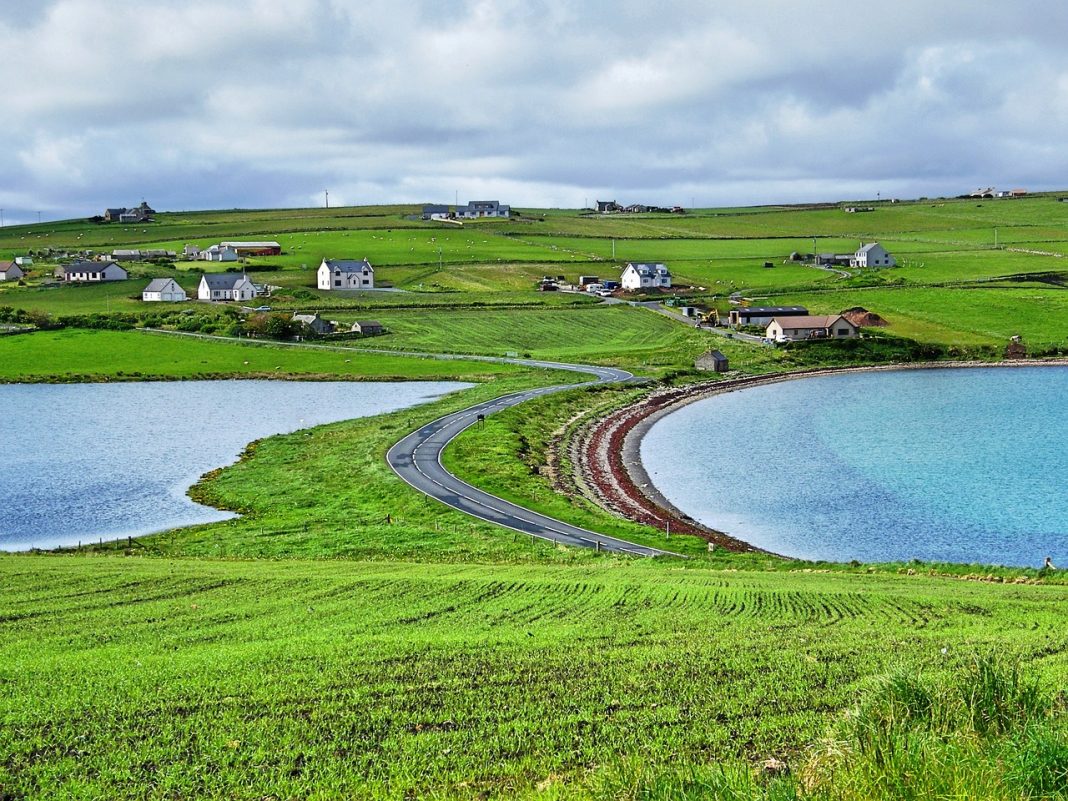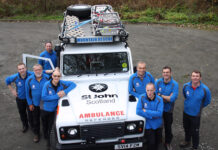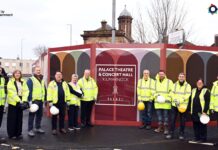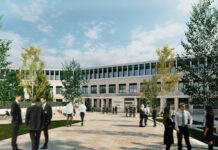
RESEARCHERS from Heriot-Watt University are developing a 5G-powered digital twinning system that will map out the Orkney Islands’ energy system.
The project, led by the university, will be supported by the Scotland 5G Centre in the development of a demonstrator that will create a virtual 3D environment that models Orkney and the different components in its energy system – from electric vehicles and domestic batteries, to generators and turbines. The work will be undertaken at the university’s GRID facility.
Heriot-Watt said that the demonstrator will be used to ‘engage’ members of the Orkney public and support their understanding of what can be achieved through new energy networks and the ‘digital control enabled by 5G’.
A ‘virtual dashboard’ will also be created through the project, which will look to outline some of the energy network’s key features and model a live 5G data connection to key assets on the islands. The researchers added that they hoped the project will ‘inspire’ people and businesses on the island group to participate in the delivery of its new energy network.
David Richardson, chief entrepreneurial executive at Heriot-Watt University, said, “The system will show people what can be taken from the virtual world and made into a physical reality, helping communities to flourish with the use of renewable technology.
“It will be an engagement tool that helps people understand how they can get involved in helping the island maximise renewable energy and, ultimately, achieve a carbon neutral future.
“The system will show people what can be taken from the virtual world and made into a physical reality, helping communities to flourish with the use of renewable technology.”
The university added that it anticipates that the project will last an initial three months and will build on the 5G RuralFirst initiative already undertaken on Orkney to provide further foundations for use of 5G technologies on the island.
Heriot-Watt’s deputy principal of enterprise and business, Dr Gillian Murray, said, “This is a fantastic development which demonstrates our capacity to create unique digital twin assets at Heriot Watt that can both underpin research and innovation in teaching.
“The GRID team have built this capability in such a short time and have a number of other digital twin/simulation projects in development which are supporting academics across the University ranging from social sciences to engineering and physical sciences.”











